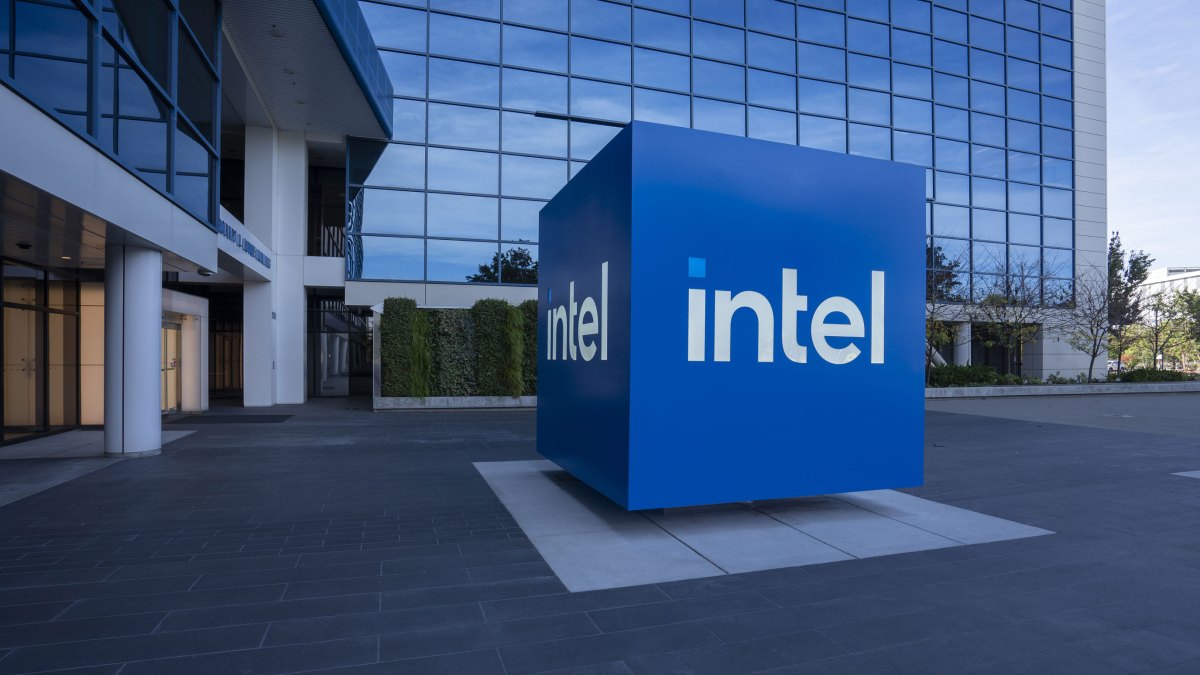
Intel Charts a New Course: Focusing on Core Strengths Through Strategic Spin-offs
Intel, a titan of the semiconductor industry, is embarking on a significant strategic restructuring designed to sharpen its focus and accelerate innovation. The company’s new CEO, Lip-Bu Tan, has unveiled a bold plan involving the spin-off of non-core business units. This move signals a decisive shift towards prioritizing key areas of expertise and maximizing growth potential.
For years, Intel has been a sprawling entity, encompassing a diverse range of technologies and markets. While this diversification offered certain advantages, it also diluted resources and potentially hampered the company’s ability to compete effectively in rapidly evolving sectors. By streamlining its operations, Intel aims to create a more agile and focused organization, better equipped to tackle the challenges and opportunities within its core competencies.
The spin-off strategy is not about dismantling the company; instead, it’s about optimizing its structure. Intel remains committed to its leading role in the semiconductor industry and is actively pursuing new ventures. The plan includes an aggressive push into developing cutting-edge, customized semiconductor solutions tailored to specific customer needs. This focus on custom semiconductors speaks to a growing trend in the industry where bespoke chips are increasingly essential for high-performance applications in areas like artificial intelligence, high-performance computing, and data centers.
This initiative is a calculated risk, one that acknowledges the need for decisive action in a fiercely competitive marketplace. The semiconductor landscape is constantly shifting, with new players emerging and technological breakthroughs reshaping the industry at a rapid pace. Intel’s commitment to custom semiconductors represents a strategic bet on the future, positioning the company to capitalize on the growing demand for customized chip solutions.
The spin-off process itself will likely be a complex undertaking, requiring careful planning and execution. Concerns around potential market disruption and the impact on employees must be addressed thoughtfully and transparently. However, the potential long-term benefits of a more focused and streamlined organization are significant. By shedding less profitable or strategically less important units, Intel can reinvest resources into its core competencies, fostering innovation and driving growth.
This restructuring isn’t just about cost-cutting; it’s a strategic realignment aimed at unlocking greater innovation and efficiency. The resources freed up by divesting from non-core units will be channeled into research and development, allowing Intel to accelerate advancements in its core technologies. This focused approach is intended to position Intel as a leading innovator in the years to come. The move suggests a clear recognition of the need to adapt to the evolving market landscape and proactively shape its future rather than reacting to external pressures.
The long-term success of this strategy will depend on several factors. Successful execution of the spin-off process, strategic partnerships, and a continued commitment to innovation are all crucial elements. However, the initial announcement from Intel signals a commitment to a future built on a strong foundation of core strengths and a sharpened focus on delivering cutting-edge technology to its customers. This proactive approach sets a bold new direction for Intel, demonstrating a commitment to remain a dominant force in the semiconductor industry for years to come.



Leave a Reply